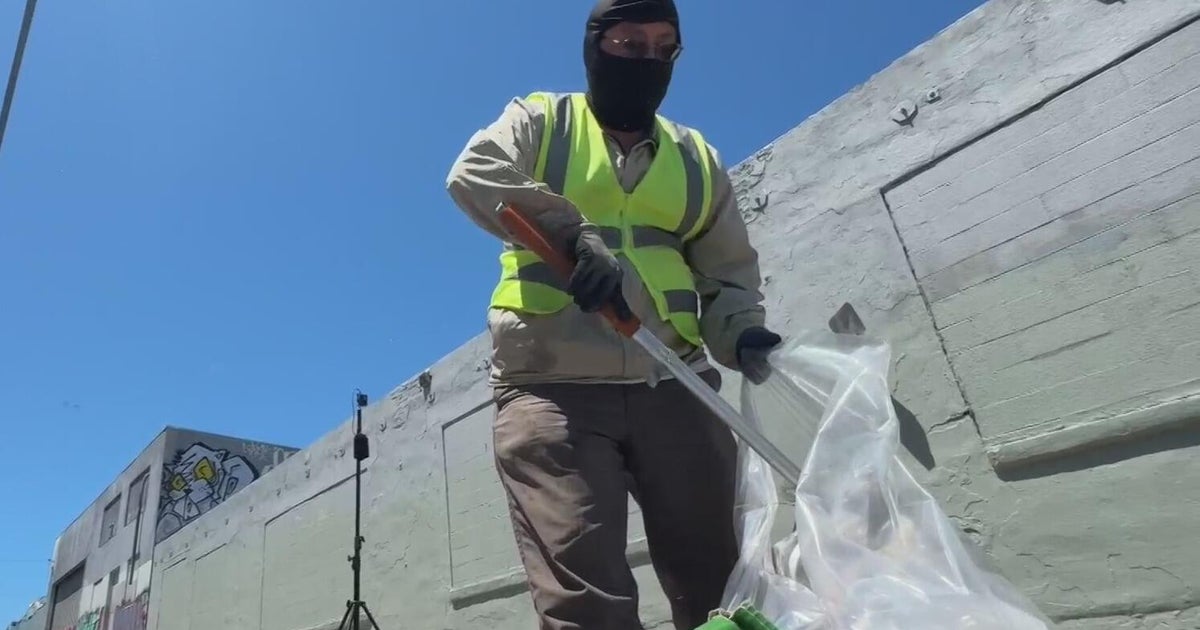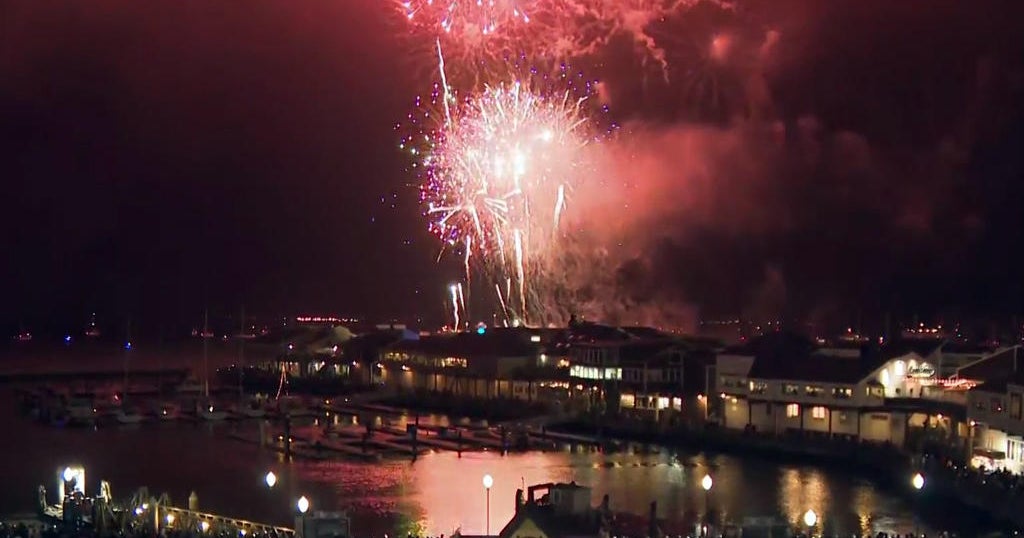USGS Using Monitoring System To Predict Bay Area Landslides
(KPIX 5) -- High above the hills of Marin County, U.S. Geological Survey geologist Jonathan Stock is installing a new transmitter on what looks like just a small white box.
Except it's not. It is one of four landslide monitoring stations the USGS maintains in the Bay Area's slide "hot zones."
The stations contain small wells used to measure high soil moisture and water pressure, trigger signs from hillsides that have slid in the past.
"We are here to warn people about when things are going to happen, where they will happen and how big they will be," said Stock.
ALSO READ: Mudslide Closes Patterson Pass, Tesla Roads Near Livermore
By all accounts, this winter could be see a lot of landslides with the largest El Niño California has seen in over 50 years on its way.
"Take a look up at those hills, there is a record of what's gone on," said Stock. "If we have a really big event we will have tens of thousands of shallow landslides."
Hills in Bay Area hot spots like Marin County, South San Francisco, Castro Valley and Pacifica all have a past history of damaging landslides and are likely to slide again with what could be dangerous results.
El Niño doesn't guarantee that we will see landslides but it does greatly increase the risk. Let's say the risk of a landslide in any one spot in a normal winter is kind of like pulling the ace of spades out of an entire deck of cards. In an El Niño, winter it's like looking for that same ace of spades but in a much smaller deck of cards. There is a much higher chance of it happening.
"They not only take out part of the landscape, they can take out homes," said Golden Gate Weather Services meteorologist Jan Null. "Bridges and highways and things like that.
Scientists are careful to point out landslides don't need an "El Niño winter" to make an appearance - any heavy quick rain will do.
While the vast majority of slides happen quickly in heavy rains under hazardous conditions, some slides give warning they are on the way. "That's where you will see cracks open up in the hillside," said Stock. "You will see structures and streets begin to deform."
The data Stock gathers at monitoring stations will be used to predict how fast these hillsides move when wet. "Very much on our mind when these kind of events happen because they are the collision of geologic hazards with people. And that's what we care about."
The USGS is asking for the public's help in its effort in their earning slide warning research. If you see a slide in your area go to the USGS site to report: landslides.usgs.gov/dysi/form.php.



